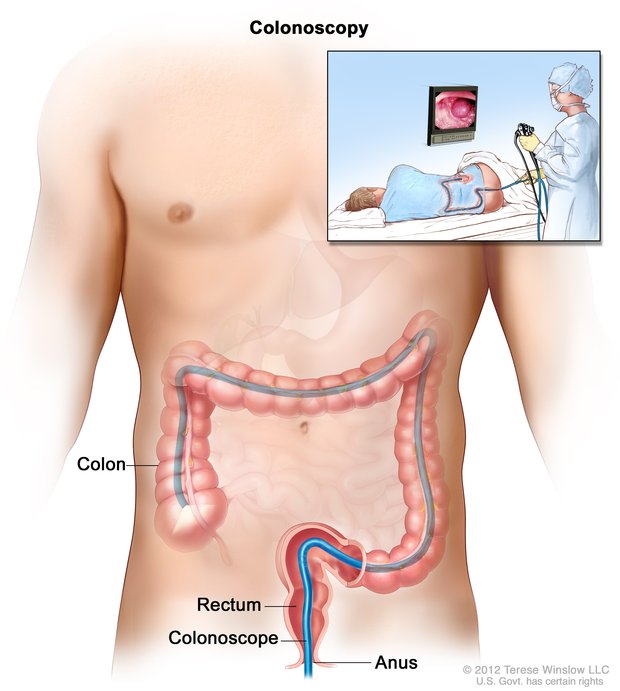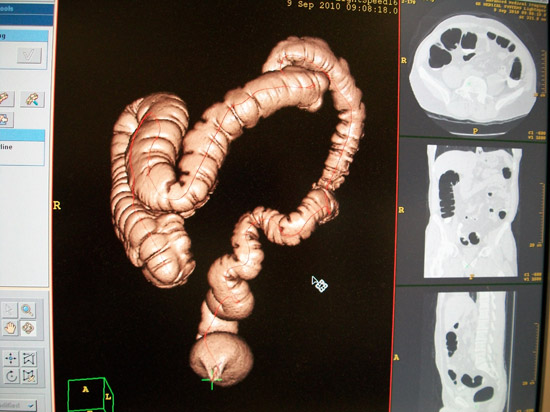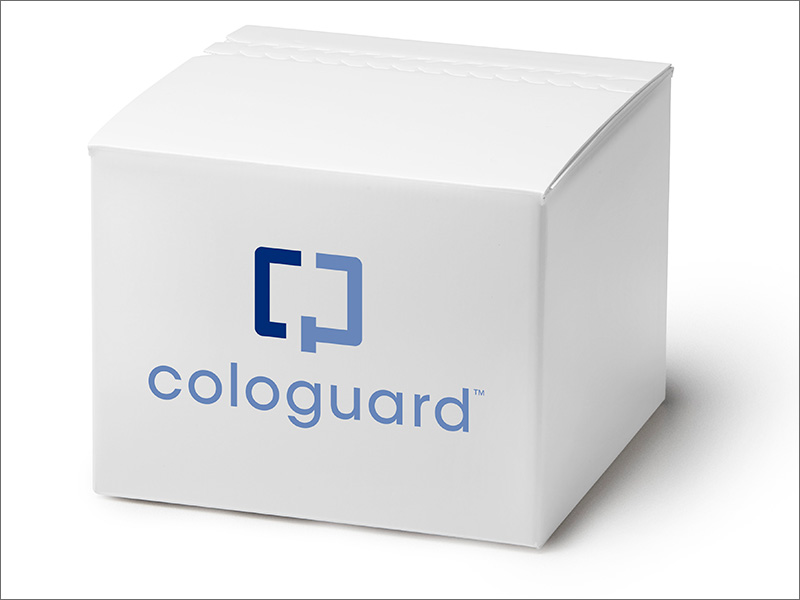“I need my first screening colonoscopy and I’ve had friends who just had a stool test and others had an xray, and both of those are cheaper than the colonoscopy my doctor referred me for, so, what is the best?”
The recommendations for screening for colon cancer are to have the first screening at age fifty if there is no family history. If there is a family history of colon cancer in a first degree relative, then you should have your first screening at the age of that relative minus ten; for example, if your father was diagnosed with colon cancer at age 54, then your first screening test should be at 54-10=age 44. Subsequent colonoscopies are at 10 year intervals in the low risk population (no family history, no personal history of polyps or cancer); and, 2-5 year intervals in the high-risk population.
If you are having symptoms, such as blood in the stool or a change in bowel habits, then screening doesn’t apply, and you require a diagnostic colonoscopy.
The important thing is to have something done for screening. The information below may help you arrive at an informed decision.

An optical colonoscopy is a screening test where a flexible scope is inserted into the rectum and advanced all the way to the cecum, which is the beginning of the colon. It is the most invasive, but is also the gold standard to which all the other screening tests are compared to. Because it is the most invasive, it involves the most risk, albeit, extremely low (<0.1%), of perforation or bleeding. Although it is the gold standard, there is still the risk of a missed lesion in up to 25% of cases, which is why a colonoscopy should be repeated if there is the presentation of an alarm symptom (bleeding, change in bowel habits).
The benefits of a colonoscopy are that it can pick up flat, significant lesions that may be missed on the other tests, and it allows the opportunity to remove lesions or perform biopsies at the same time. Also, since the colonoscopy is performed with IV sedation in most cases, there is no significant discomfort. Approximately 1 in 4 people will have polyps removed during a colonoscopy.

A virtual colonoscopy is a screening test performed with a CT scan. It is minimally invasive. It does require a complete bowel prep and is performed in an awake patient and involves carbon dioxide injected into the rectum (an air enema) so that the colon distends, which allows visualization. It’s overall sensitivity is 61%, but it is more sensitive for bigger lesions (>10mm). The difficulty is where the line is drawn for referral for an optical colonoscopy: Do you refer for polyps > 10mm? What if there’s a 7mm polyp? If a polyp is seen, then the patient has to undergo an optical colonoscopy, which means another bowel prep on another day in most cases.
The benefit is the lower cost and the minimal invasiveness of the procedure.

There are three stool tests for colon cancer screening; the Fecal Occult Stool test (FOS), the Fecal Immunochemical Test (FIT), and the Cologuard test, which is a DNA test. I will only address the Cologuard as it is the most sensitive. The FOS is a good test for redundancy and is recommended for the 3rd to 9th years of the 10 year interval for a low risk screening colonoscopy.
It has a 92% detection rate for colon cancer, and a 69% detection rate for severe dysplasia (pre-malignant polyps). However, it detects only 55-60% of advanced adenomas. The implication of the previous sentence is that the Cologuard test is primarily an early detection test for colon cancer:–basically, you have to get colon cancer first, and then detect it early. In contrast, the optical colonoscopy is a preventative test as you, ideally, will find adenomas and remove them long before they progress to colon cancer.
And the answer is: Hippocrates thinks that the optical colonoscopy is best as it is truly a preventative test, and allows polyps to be removed, of all sizes, at the time of the colonoscopy. Remember, 1 in 4 have polyps.
Still, if you refuse to have a colonoscopy, then have the next best thing, the Cologuard test.
